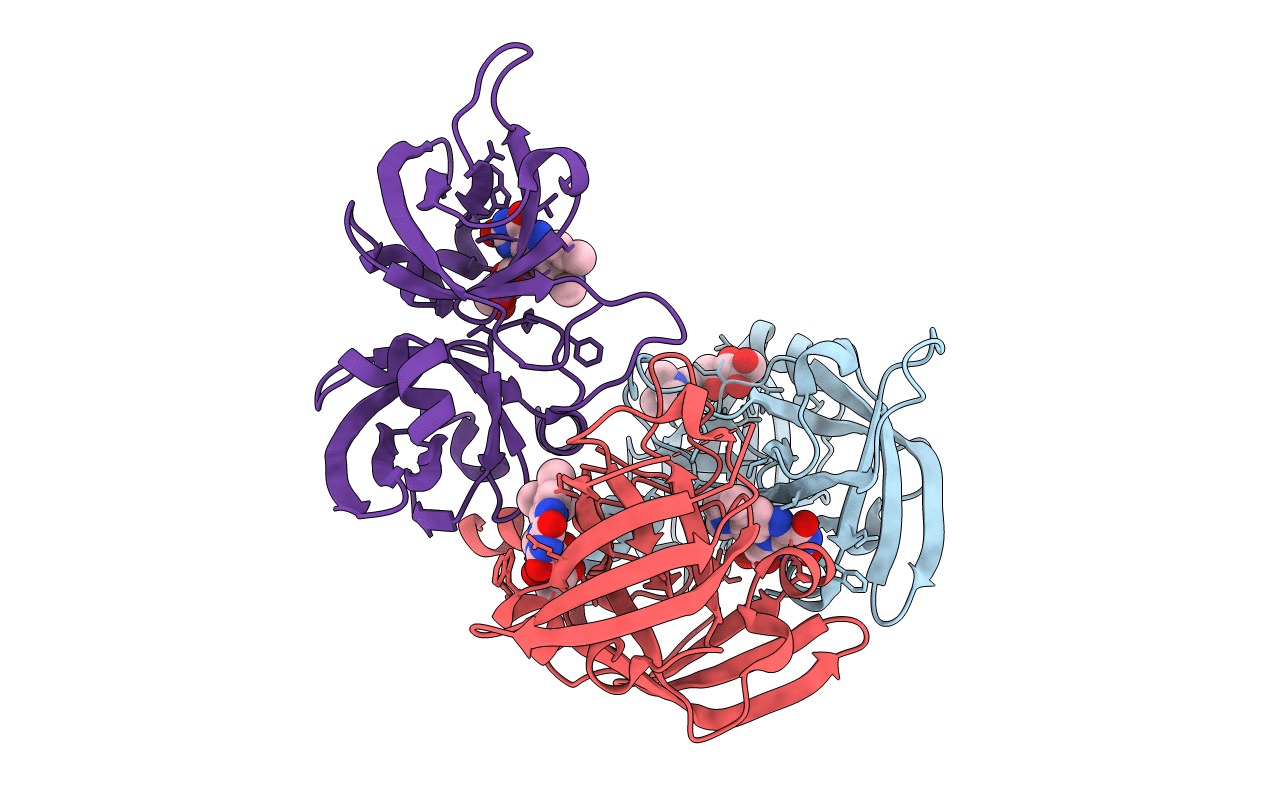
Deposition Date
2012-07-19
Release Date
2014-03-12
Last Version Date
2023-09-13
Entry Detail
PDB ID:
4G6I
Keywords:
Title:
Crystallographic structure of trimeric riboflavin synthase from Brucella abortus in complex with roseoflavin
Biological Source:
Source Organism:
Brucella abortus (Taxon ID: 235)
Host Organism:
Method Details:
Experimental Method:
Resolution:
1.78 Å
R-Value Free:
0.27
R-Value Work:
0.23
R-Value Observed:
0.24
Space Group:
P 21 21 21


